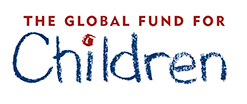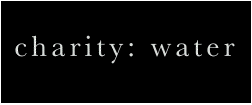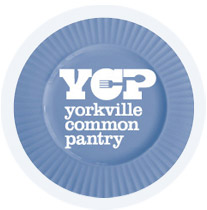You must be the change you wish to see in the world. – Gandhi
At TILE, we hope to connect the dots between your spending, growing and giving. For starters, here are some resources we’ve come across recently that relate to shopping and social responsibility. Click on Ask TILE to let us know if there are others we should now about!
This new site, still in Beta, just came onto my radar. Very cool idea – each time you buy something in a store OR online with one of the hundreds of retailers SocialVest has partnered with, that store gives anywhere from .5 to 10 percent of the purchase price to (here’s the cool part) whatever nonprofit you choose! “Everyday Shopping. Extraordinary Change” is their motto, and fundamentally this model is unique because it empowers YOU the consumer. Check it out!
We’re all familiar with the Fortune 500, but how about the Goodness 500? This listing educates consumers about corporate social responsibility by making information easy and accessible. “Our approach is more MTV than WSJ.” What I like about their approach is how easy it is to compare different companies… for example, I was interested to learn that Washington Mutual gives 1% of their profits to charities, while U.S. Bancorp gives only 0.3%. Check out the site to learn more about the social responsibility ranking of the most profitable companies.
This impressively comprehensive database shows you where everyday products like the iPhone (Shenzhen, China) or your Nike Airs (Indonesia) are made. There is more and more discussion about today’s level of outsourcing – many people want to know which companies manufacture locally, both to support local economies and JOBS as well as to reduce the carbon footprint of products whenever possible. I also really like their C02 caclulator!
The Wall Street Journal actually just ran an interesting story on this topic – “How Green Is My Sneaker?” Evidently a group of about 100 retailers are developing a software tool to help measure the environmental impact of their products all the way from the raw materials to the garbage dump. Eventually the goal is for the consumer to be able to compare how green their garment actually is. Companies such as Nike, Timberland, Levi Strauss, and Patagonia are all participating in this new Eco Index. You can read the article here: http://bit.ly/9adWRQ








